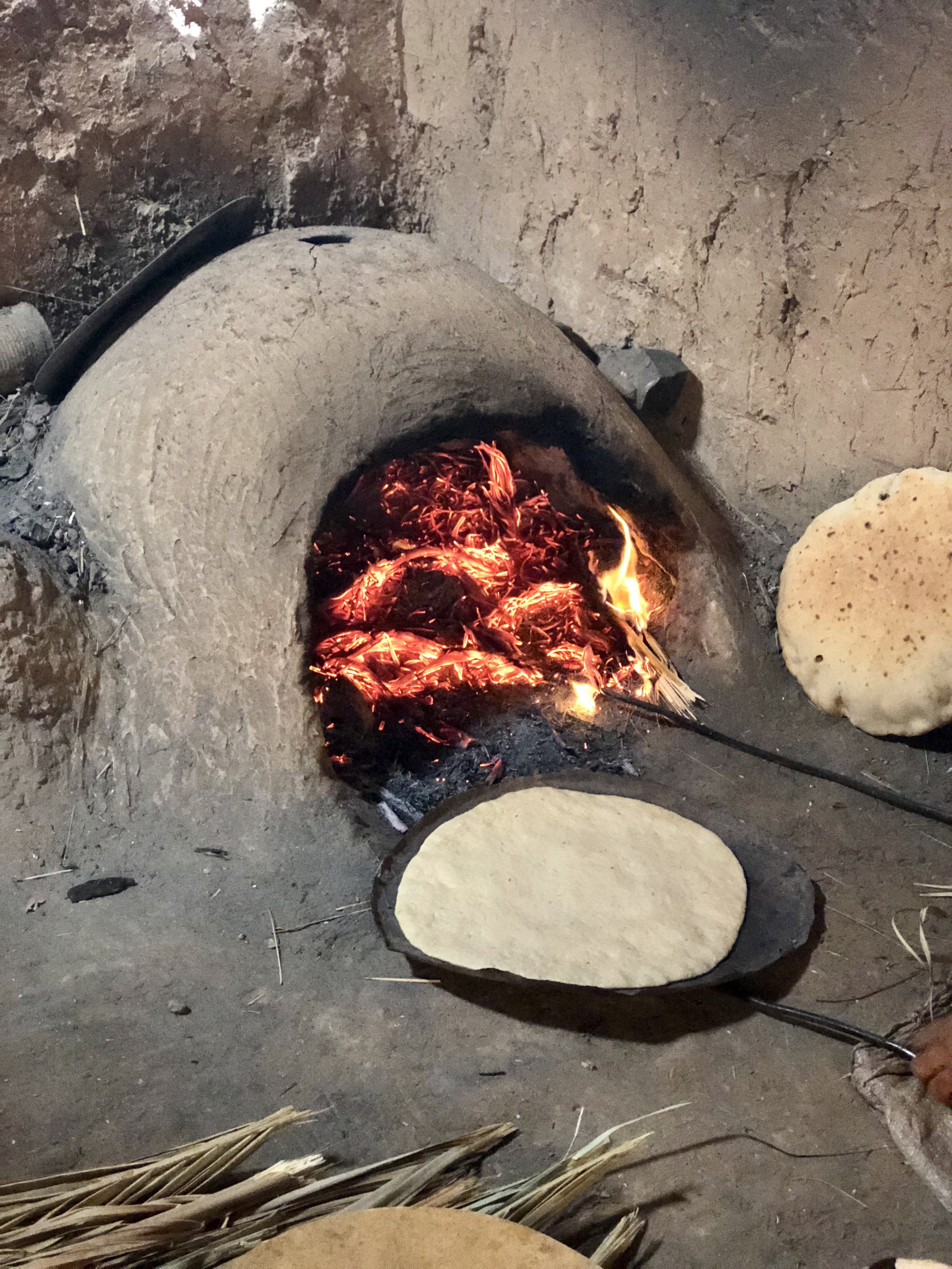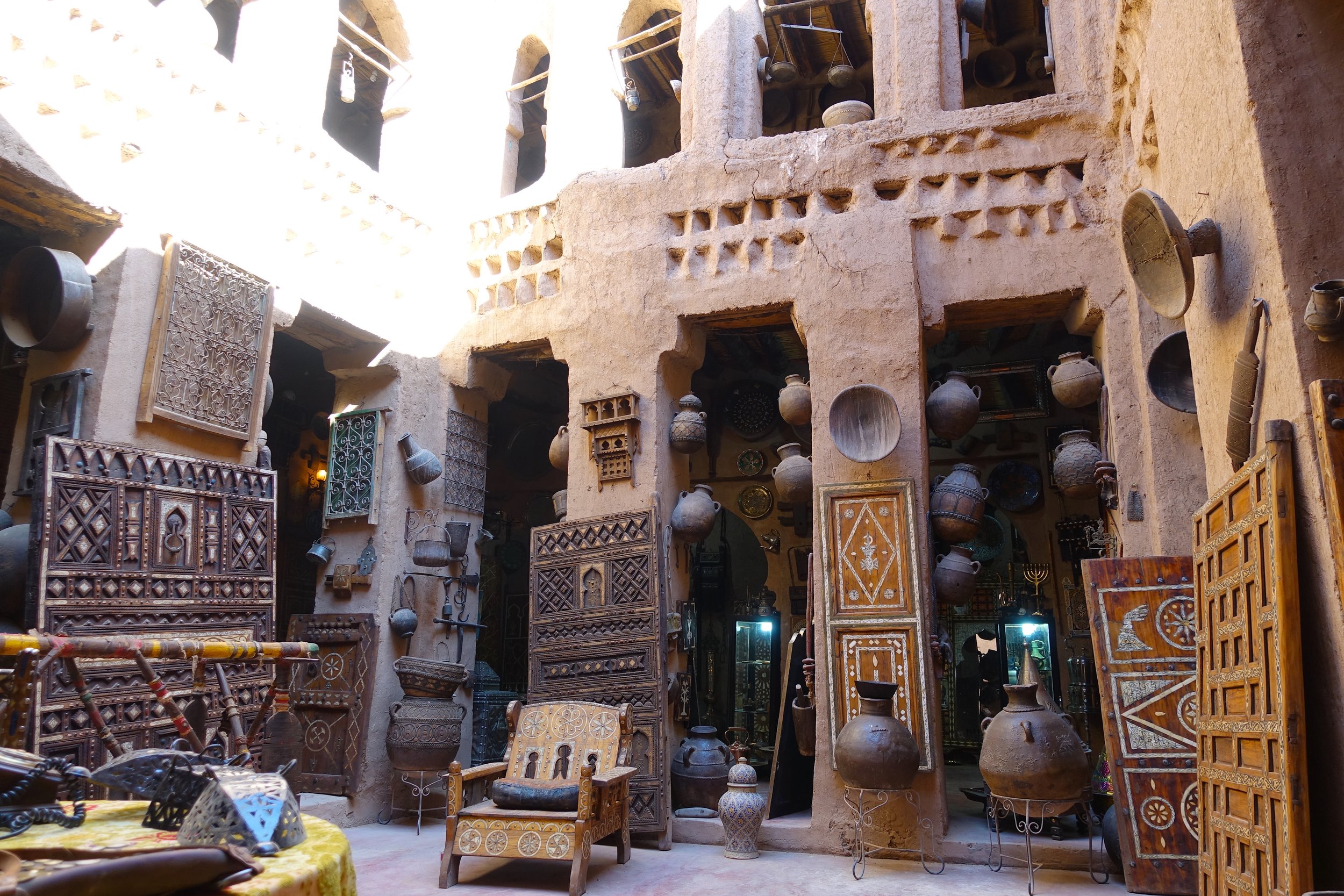Exploring the Hidden Gems: Villages of Amerzou and Zagora, Morocco
Amerzou
Morocco is a land of contrasts, where bustling cities and serene villages coexist harmoniously. We'll delve into the enchanting world of village life in Amerzou & Zagora, two hidden gems in Morocco. Beyond the urban hustle and bustle lies the serene beauty of its rural villages, where life unfolds at a different pace. These villages, nestled in the heart of the Draa Valley, offer a unique glimpse into a traditional way of life that has endured for centuries. From the warm hospitality of the locals to the rugged beauty of the desert landscape, there's so much to discover.
Amerzou is a charming village nestled in the Draa Valley, situated on the edge of the Sahara Desert in Morocco. The very mention of Amerzou conjures images of a tranquil oasis in the arid desert. As you approach the village, the sight of date palms swaying in the breeze is nothing short of mesmerizing. One of the defining features of Amerzou is its traditional architecture. Mud-brick homes, known as "kasbahs," dominate the landscape. These ancient structures, with their earthy hues, seem to blend seamlessly with the desert sands. Walking through the narrow alleys of Amerzou feels like stepping back in time.
Amerzou's allure lies in its unique setting—a desert oasis surrounded by verdant palm groves and lush gardens. The sight of swaying date palms against the backdrop of the arid desert is nothing short of mesmerizing. The village is renowned for its traditional mud-brick homes, known as "kasbahs," which blend harmoniously with the desert landscape.
Amerzou's history is intertwined with the ancient Amazigh culture that has thrived in Morocco for centuries. Its mud-brick kasbahs, traditional homes, tell the story of generations who have called this village home. As caravans once crossed the Sahara, Amerzou served as a vital stopover for travelers seeking refuge from the desert's harsh conditions.
The culture in Amerzou is a reflection of Morocco's diverse heritage. The Amazigh and Saharawi influence are prominent, with locals preserving their customs and language. Traditional music, like the hypnotic rhythms of the drums, fills the air during celebrations. Saharawis are also know as Haratin or Gnawa and are mixture of Arab and Sub-Saharan African, this culture is very unique and one that should be experienced.
Amerzou's traditions are a tapestry of daily life. Hospitality is paramount, and visitors are welcomed with open arms. Sharing a cup of tea with locals is not just a beverage; it's a symbol of friendship and connection. The art of rug weaving and pottery-making is passed down through generations, showcasing the craftsmanship that defines this village.
Amerzou's history, culture, and traditions are not just relics of the past; they are very much alive in the hearts of its people. The village's serene beauty and the warmth of its inhabitants make it a place where you can immerse yourself in the rich tapestry of Moroccan life, forging connections that transcend time and place.
Village of Amerzou, Morocco.
Traditional village bread oven.
Traditional mudbrick building.
Life in Amerzou is a testament to the rich heritage of the region. The locals are known for their warm hospitality, welcoming visitors with open arms. Traditional cuisine, including mouthwatering tagines and freshly baked bread, is a culinary delight that visitors must savor. Traditionally, the people of Amerzou have been engaged in agriculture, particularly the cultivation of date palms. Date palms not only provide sustenance but also symbolize the resilience and adaptability of the people in this arid landscape. The art of crafting pottery and weaving rugs has been passed down through generations, contributing to the cultural richness of the village.
In recent years, tourism has brought new opportunities and challenges to Amerzou. The villagers have embraced this change, welcoming travelers with their renowned hospitality while preserving their cultural identity.
While Amerzou may be small in size, its significance lies in offering a glimpse into the timeless traditions and serene beauty of rural Morocco. This village serves as a gateway to explore the Draa Valley and its surroundings, making it an ideal starting point for adventures into the Sahara Desert.
I spent my birthday in Amerzou, so I requested traditional henna designs for my hands.
Date palm and dates.
Zagora
Amerzou’s neighbor, Zagora, is another picturesque village in Morocco. It holds a significant place in history due to its role in the ancient caravan route that connected Timbuktu in Mali to Marrakech in Morocco. While not located directly on the route, Zagora served as an important stopover and gateway for caravans traveling across the Sahara Desert.
Historically, caravans from Timbuktu, known as the "City of Gold," embarked on arduous journeys across the vast Sahara to reach the markets of Marrakech and other Moroccan cities. These caravans carried precious goods like gold, salt, ivory, and various exotic commodities.
Zagora's role in this trade network was as a provisioning point for these caravans. Travelers and traders would rest in Zagora, replenishing their supplies of water, food, and other essentials before continuing their perilous journey through the desert. The village's strategic location made it a crucial stop for caravans seeking respite and sustenance.
The famous sign in Zagora that humorously reads "Tombouctou 52 Days" serves as a reminder of the distant and challenging journey caravans had to undertake to reach Timbuktu. Although Zagora is not directly on the route, it symbolizes the spirit of adventure and resilience that characterized the traders and travelers of the Sahara.
Map of the area showing Zagora and Amerzou.
Village of Zagora, Morocco.
Beautiful house in Zagora, Morocco.
Village women walking in Zagora.
In modern times, Zagora remains a gateway to the Sahara Desert, attracting tourists who wish to experience the beauty and mystique of this historical trade route. While the era of caravans has passed, Zagora's legacy as a stopping point along the Timbuktu-Marrakech route endures, reminding us of the rich history of trans-Saharan trade and exploration.
In these villages, nature is not a distant concept but an integral part of life. We'll take you on a journey through the breathtaking landscapes, where you can connect with the earth, sky, and the endless desert horizons.
Old fondouk in Zagora. Fondouk is a building that provided shelter and rest for the caravan travelers and their animals.
Important tea stop in the desert near Zagora, in Chegaga.
Amerzou and Zagora offer a glimpse into a Morocco that often remains hidden from the tourist trail. As we conclude our journey through these enchanting villages, we invite you to explore the beauty of simplicity and the warmth of human connections. Village life here is a testament to the enduring charm of Morocco's rural heart. These beautiful villages offer a captivating journey into the heart of Morocco's village life and beckon travelers to experience a world that is both ancient and evergreen.
As you immerse yourself in the traditions and hospitality of the locals, you'll find that village life in Amerzou and Zagora are a testament to the enduring beauty of Morocco's cultural heritage. It's a world where time slows down, and every moment is a treasure waiting to be discovered. It's a place where you can immerse yourself in the essence of Moroccan village life and create lasting memories.











